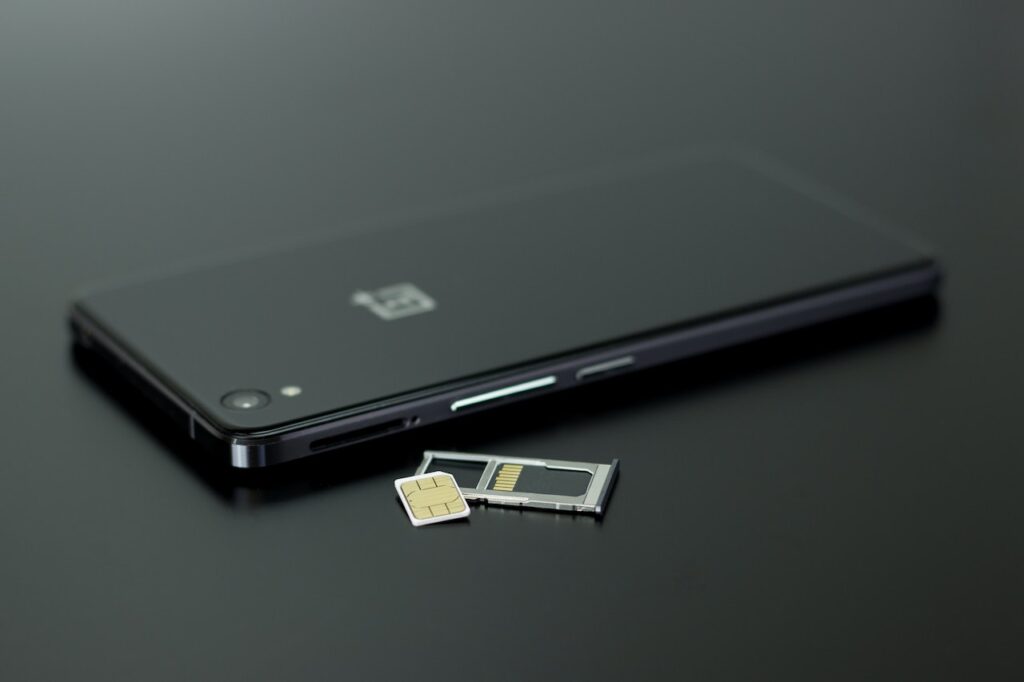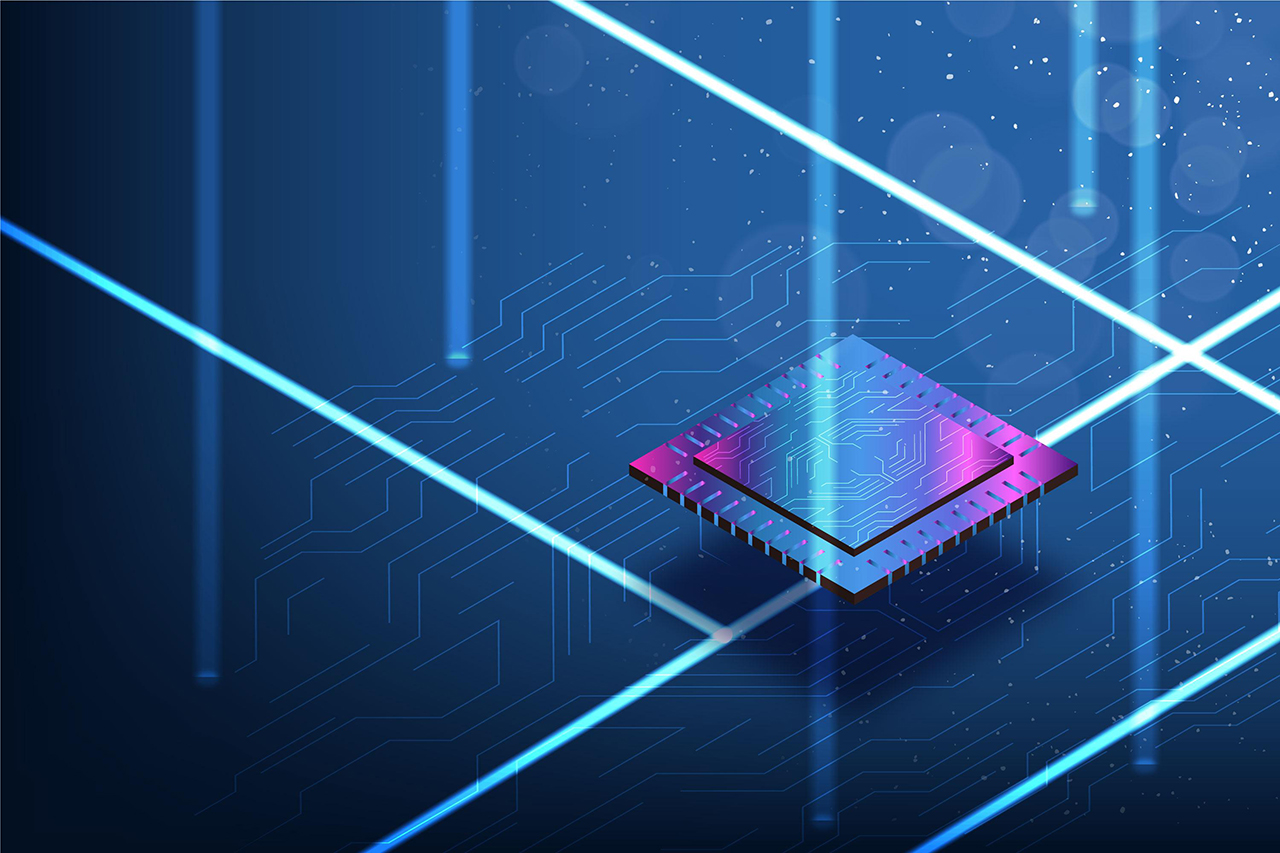SIM technology has been a crucial component in the mobile industry for decades. It allows mobile devices to connect to cellular networks and enables users to make calls, send text messages, and access the internet. As technology continues to evolve, SIM cards have also undergone significant changes, leading to the emergence of iSIM and eSIM technologies.
iSIM, or integrated SIM, is a software-based SIM technology that is embedded directly into a device’s chipset. It offers several benefits over traditional SIM cards, including improved security, performance, and scalability. eSIM, or embedded SIM, is a SIM card that is embedded into a device’s motherboard. It can be programmed and reprogrammed remotely without requiring physical swapping, offering greater flexibility and convenience for users. In this article, we will explore the future of SIM technology and compare iSIM and eSIM technologies. We will also discuss the advantages and disadvantages of each and their potential impact on the mobile industry.
What is iSIM and eSIM?
iSIM and eSIM are two emerging SIM technologies that are gradually replacing traditional SIM cards in the mobile industry. Let’s take a closer look at each of them.
iSIM, or integrated SIM, is a software-based SIM technology that is embedded directly into a device’s chipset. This eliminates the need for a physical SIM card, offering improved security, performance, and scalability. iSIM is remotely provisioned and managed by telecom operators, reducing the need for physical SIM cards, which can lead to cost savings and better user experience.
eSIM, or embedded SIM, is a SIM card that is embedded into a device’s motherboard. Unlike traditional SIM cards, it can be programmed and reprogrammed remotely without requiring physical swapping. This makes it more flexible and convenient for users, as they can switch between different carriers or plans without changing SIM cards.
The main difference between iSIM and eSIM is that iSIM is not removable, while eSIM can be removed and reprogrammed. While both technologies offer several advantages, they also have some disadvantages. Here’s a brief overview of the advantages and disadvantages of iSIM and eSIM:

Advantages of iSIM:
- Improved security
- Better performance
- Scalability
- Cost savings
- Better user experience
Disadvantages of iSIM:
- Not removable
- Requires compatible devices
Advantages of eSIM:
- Flexibility
- Convenience
- Remote provisioning and management
- Better user experience
Disadvantages of eSIM:
- Compatibility issues
- Slow adoption rate
- Resistance from telecom operators who rely on traditional SIM cards for revenue
Overall, both iSIM and eSIM offer several benefits and drawbacks, and their adoption and success in the mobile industry will depend on various factors such as compatibility, user preferences, and support from telecom operators.
What is iSIM in Telecom?
iSIM stands for “Integrated SIM” which is a technology that integrates the SIM functionality onto the device’s chipset. It allows for the creation of a virtual SIM that is embedded within the device’s hardware, rather than being a physical card.
ISIM software can be embedded within any IoT device, making it an ideal solution for the telecom industry. The benefits of iSIM technology for telecom operators include:
• Security: iSIM provides a high level of security as the SIM data is stored within the device’s hardware and is not removable, making it difficult for attackers to tamper with.
• Cost savings: iSIM technology can reduce the cost of SIM card production and distribution for telecom operators.
• Improved performance: iSIM technology can improve the performance of the device by reducing power consumption and improving network connectivity.
• Flexibility: iSIM technology provides flexibility in terms of SIM management as operators can remotely provision and manage the SIM profiles.
iSIM technology has potential use cases in different industries such as automotive, healthcare, and logistics. For instance, in the automotive industry, iSIM technology can be used for vehicle tracking and driver monitoring. In the healthcare industry, it can be used for patient monitoring and medical device management.
Overall, iSIM technology offers numerous benefits for telecom operators and has the potential to revolutionize the way SIM cards are used in various industries.
Is eSIM the Future of SIM Cards?
With the rise of eSIM technology, many experts believe that traditional SIM cards will eventually become obsolete. Let’s take a closer look at the current trends and future outlook of eSIM technology and compare it with traditional SIM cards.
eSIM technology offers several advantages over traditional SIM cards. One of the main advantages is flexibility. eSIMs can be programmed and reprogrammed remotely, making it easier for users to switch between different carriers or plans without having to change SIM cards. This can save users time and money, and provide greater convenience.
eSIM technology also offers better security than traditional SIM cards. It uses advanced encryption and authentication mechanisms to protect user data and prevent unauthorized access. This makes eSIM technology ideal for use in industries that require high-security standards, such as finance, healthcare, and government.
Another advantage of eSIM technology is its potential for cost savings. Since eSIMs are remotely provisioned and managed, telecom operators can save money on SIM card production and distribution costs. This can lead to lower costs for consumers and greater profits for telecom operators.
However, eSIM technology also has some disadvantages. One of the main disadvantages is compatibility issues. Many devices do not support eSIM technology, and this can limit its adoption rate. Additionally, some telecom operators may be resistant to eSIM technology as it threatens their revenue from traditional SIM cards. Despite these challenges, eSIM technology is gaining traction in the mobile industry, and many experts believe that it is the future of SIM cards. Its flexibility, security, and potential for cost savings make it an attractive alternative to traditional SIM cards. As more devices and carriers adopt eSIM technology, its adoption rate is expected to increase, leading to the eventual decline of traditional SIM cards.
Advantages of iSIM
iSIM technology offers several benefits in the telecom industry. Let’s take a closer look at some of the advantages of iSIM technology.
One of the main advantages of iSIM technology is improved performance. iSIMs are integrated directly into the device’s chipset, which can lead to faster processing speeds and improved energy efficiency. This can provide a better user experience and help extend battery life.
iSIM technology also offers enhanced security compared to traditional SIM cards. Since iSIMs are embedded directly into the device, they are more difficult to remove or tamper with, which can prevent unauthorized access to user data. Additionally, iSIMs can be encrypted and protected with advanced authentication mechanisms to provide even greater security.
Another advantage of iSIM technology is its potential use cases. iSIMs can be used in a variety of applications beyond just smartphones, such as smart home devices, wearables, and IoT devices. This can help simplify device management and provisioning for businesses and individuals. Overall, iSIM technology offers several advantages over traditional SIM cards, including improved performance, enhanced security, and potential use cases beyond just smartphones. As the technology continues to evolve, we can expect to see more applications of iSIM technology in the future.
Why eSIM is Not Popular?
Despite its potential advantages, eSIM technology has been slow to gain widespread adoption. Let’s explore some of the reasons for this and the challenges that eSIM technology faces.
One of the main challenges for eSIM technology is the market barriers it faces. Traditional SIM card manufacturers and mobile network operators have invested heavily in their existing infrastructure and are hesitant to adopt new technologies that may disrupt their business models. Additionally, eSIM technology requires new hardware and software to be integrated into devices, which can increase costs for device manufacturers.
Another challenge for eSIM technology is the lack of compatibility with existing devices. While some newer smartphones support eSIM technology, many older devices do not, which limits its potential user base. Additionally, some mobile network operators do not yet support eSIM technology, which can make it difficult for users to switch to eSIM.
There are also technical challenges with eSIM technology. For example, eSIMs are not yet as widely supported as traditional SIM cards, which can limit their functionality in some regions or for certain use cases. Additionally, eSIMs can be more difficult to replace or swap out than traditional SIM cards, which can be problematic if a device is lost or stolen. Despite these challenges, eSIM technology offers several potential advantages over traditional SIM cards, including greater flexibility and potential cost savings. As the technology continues to evolve and more devices support eSIM, we can expect to see greater adoption of this technology in the future.
Future Scope of eSIM
Despite the challenges that eSIM technology currently faces, it has enormous potential for the future. Let’s explore some of the potential applications and benefits of eSIM technology.
One potential use case for eSIM technology is in the Internet of Things (IoT) space. With the increasing number of connected devices, eSIMs can help streamline the process of connecting these devices to cellular networks. By eliminating the need for physical SIM cards, eSIMs can make it easier and more cost-effective to manage large numbers of connected devices.
Another potential use case for eSIM technology is in the automotive industry. As vehicles become increasingly connected and autonomous, eSIMs can provide a secure and reliable way to connect these vehicles to cellular networks. This can enable features such as real-time traffic updates, remote vehicle diagnostics, and more.
Overall, the future outlook for eSIM technology is promising. As more device manufacturers adopt eSIM technology and more mobile network operators offer support for eSIM, we can expect to see greater adoption of this technology in the coming years. Additionally, the potential use cases for eSIM technology are vast, and we can expect to see continued innovation and development in this space in the years to come.
Is it Worth Switching to eSIM?
With the increasing popularity of eSIM technology, you may be wondering if it’s worth making the switch from traditional SIM cards. Let’s explore the pros and cons of switching to eSIM technology.
Pros of switching to eSIM:
- Convenience: With eSIM, there is no need to physically swap out SIM cards when switching between devices or carriers.
- Flexibility: eSIMs can be programmed to work with multiple carriers, providing greater flexibility for users.
- Security: eSIM technology offers enhanced security features compared to traditional SIM cards.
Cons of switching to eSIM:
- Limited carrier support: While eSIM technology is becoming more widely supported, there are still some carriers that do not offer eSIM support.
- Limited device support: Not all devices currently support eSIM technology, so switching to eSIM may limit your device options.
- Cost: Some carriers may charge additional fees for eSIM activation or require the purchase of a new eSIM-compatible device.
Overall, whether or not it’s worth switching to eSIM technology will depend on your individual needs and preferences. If you value the convenience and flexibility that eSIM technology offers, and if you have a device that supports eSIM, then it may be worth considering the switch. However, if you have limited carrier or device options, or if the cost of switching is prohibitive, then sticking with traditional SIM cards may be the better choice for you.
Conclusion
In conclusion, iSIM and eSIM technologies are the latest advancements in the evolution of SIM technology. While eSIM technology offers several advantages over traditional SIM cards, it still faces barriers to adoption due to market challenges and device compatibility issues. On the other hand, iSIM technology offers improved performance and security for telecom operators, and has potential use cases in various industries.
Looking to the future, eSIM technology is expected to see increased adoption as more devices become compatible and the benefits of the technology become more widely recognized. iSIM technology also has promising potential for the telecom industry and beyond.
As the digital landscape continues to evolve, it is important for individuals and businesses to stay informed about the latest advancements in SIM technology and weigh the pros and cons of switching to new technologies like eSIM. Ultimately, the decision to switch to eSIM technology should be based on individual needs and priorities.
FAQ
Q: What is the difference between iSIM and eSIM?
A: The main difference between iSIM and eSIM is that iSIM is integrated onto the device’s chipset, while eSIM is a removable chip that can be programmed with different carrier profiles.
Q: Is eSIM removable?
A: Yes, eSIM is a removable chip that can be programmed with different carrier profiles.
Q: What is the future of SIM cards?
A: The future of SIM cards is moving towards the adoption of eSIM technology, which offers benefits such as flexibility, security, and cost savings.
Q: What are the advantages of information processing system?
A: The advantages of an information processing system include improved data processing speed, accuracy, and efficiency.
Q: What are the four advantages of information technology?
A: The four advantages of information technology are increased productivity, improved communication, enhanced data storage and retrieval, and automation of business processes.
Image by Freepik




One thought on “iSIM vs eSIM: The Future of SIM Technology”